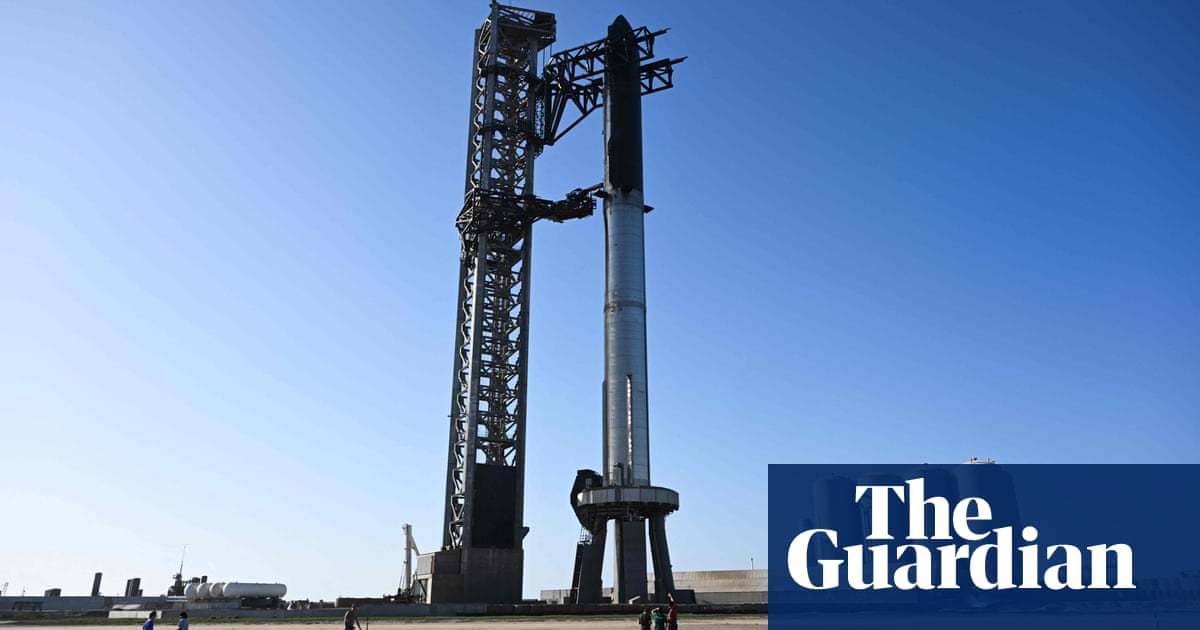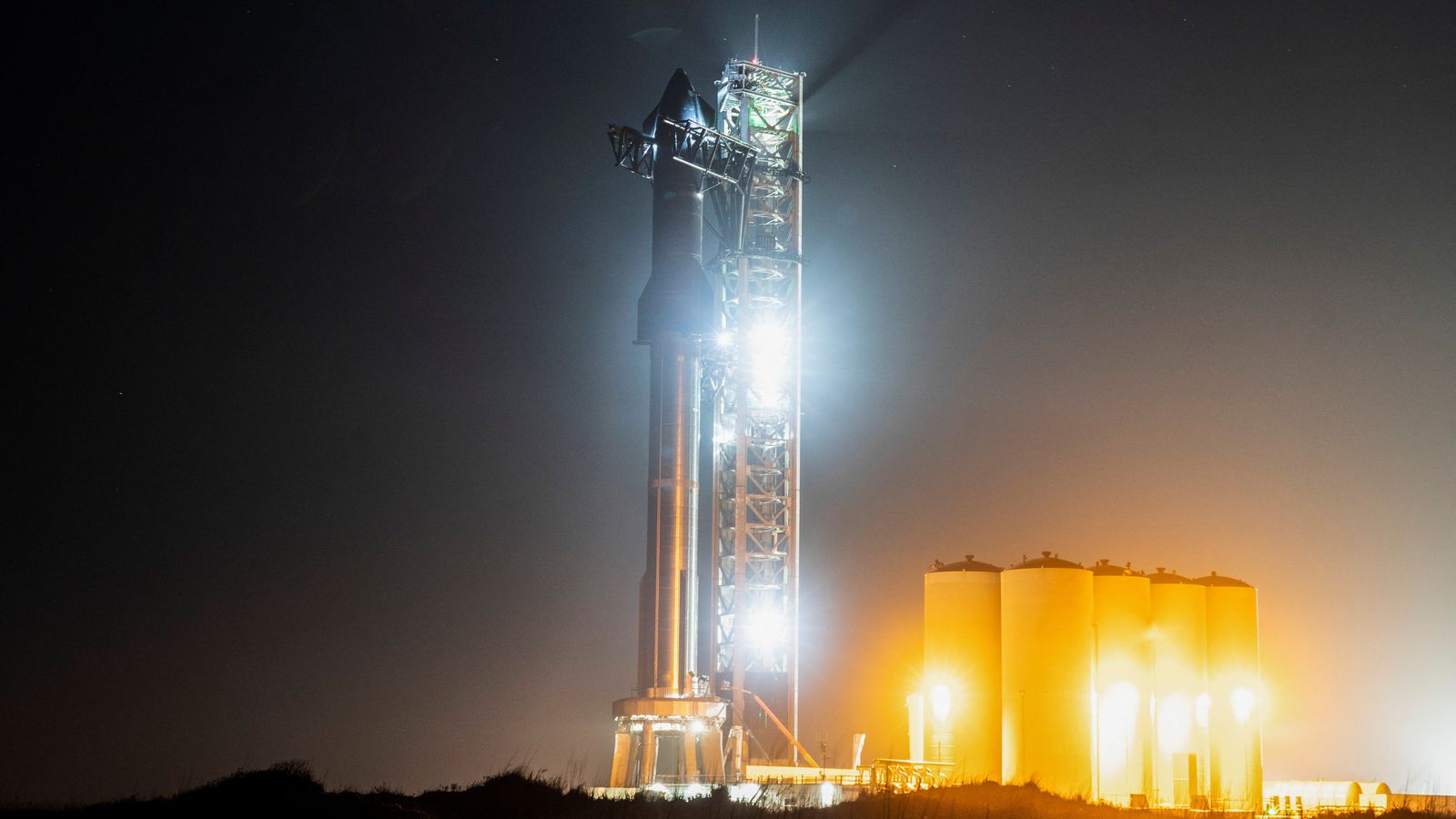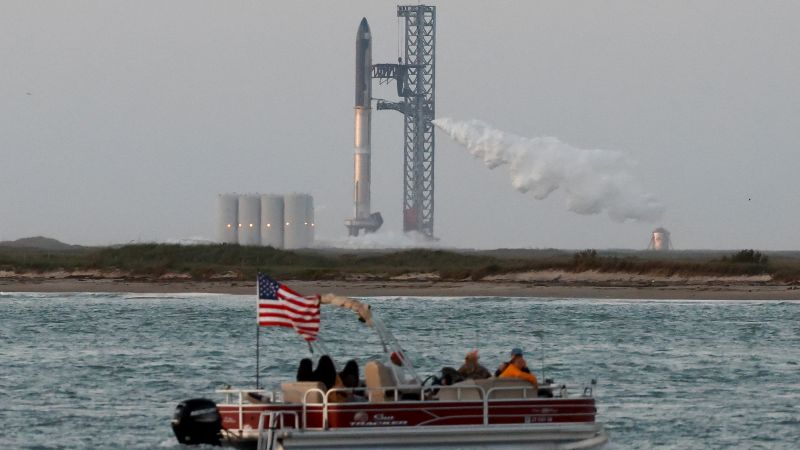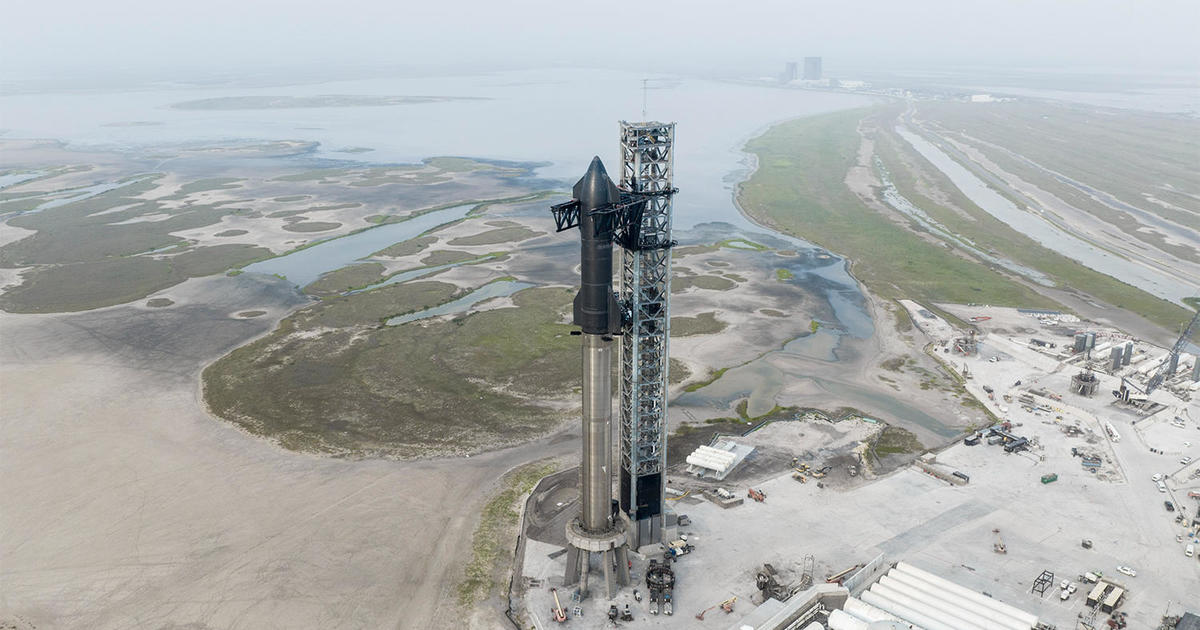On April 17th, 2023, SpaceX was set to launch the world’s biggest rocket, Starship, from Boca Chica, Texas. This was to be the first test mission for the rocket that could revolutionize space exploration and take humans to the Moon and Mars.

Also Read: Nokia’s 4G Network to Support NASA’s Artemis 1 Mission and Future Lunar Expeditions
However, just minutes before the scheduled launch, the liftoff was called off due to a pressurant valve issue in the booster stage. Elon Musk, the owner of SpaceX, announced that the launch would be delayed by at least 48 hours.
Starship rocket is the next-generation and world’s biggest rocket built by SpaceX to carry crew and cargo to the Moon, Mars, and beyond.
It comprises a 164-foot (50-metre) tall spacecraft designed to carry crew and cargo that sits atop a 230-foot tall first-stage Super Heavy booster rocket.
Collectively referred to as Starship, the spacecraft and the Super Heavy rocket have never flown in combination together, although there have been several sub-orbital test flights of the spacecraft alone.
The Starship rocket is significant for space exploration because it has the potential to revolutionize the way we travel to space. It is more powerful and bigger than the Saturn V rockets used to send Apollo astronauts to the Moon.
It generates 17 million pounds of thrust, more than twice that of the Saturn V rockets. Additionally, SpaceX foresees eventually putting a Starship into orbit, and then refueling it with another Starship so it can continue on a journey to Mars or beyond.
Also Read: Nokia’s 4G Network to Support NASA’s Artemis 1 Mission and Future Lunar Expeditions
NASA has selected the Starship spacecraft to ferry astronauts to the Moon in late 2025, a mission known as Artemis III, for the first time since the Apollo program ended in 1972.
The agency’s goal is to establish a sustainable presence on the Moon and to use it as a stepping stone for future exploration to Mars and beyond.
Starship’s capacity for carrying crew and cargo could make it an ideal vehicle for carrying out these missions.
The initial test mission of Starship rocket was postponed just minutes before the scheduled launch time on April 17th, 2023.
Elon Musk, the owner of SpaceX, announced in a tweet that the liftoff was called off due to a pressurant valve issue in the booster stage.
While the launch will be delayed by at least 48 hours, SpaceX announced that the team is ‘working towards the next available opportunity’ to launch the rocket.
SpaceX’s Starship rocket is a complicated and gigantic rocket, and there are a million ways it could fail. Musk has acknowledged the risks involved and said that they would be very careful and would postpone the launch if they see anything that gives them concern.
He also said that he wanted to “set expectations low” because “probably tomorrow will not be successful, if by successful one means reaching orbit.”
SpaceX’s ultimate goal is to make Starship reusable and bring down the price to a few million dollars per flight. Musk said the goal is to achieve full and rapid reusability in the long run, meaning two or three years.
The eventual objective is to establish bases on the Moon and Mars and put humans on the “path to being a multi-planet civilization.” SpaceX foresees Starship as a key component in achieving these goals.
Also Read: The World of Space Food: Challenges, Nutritional Requirements, and Types of Food
While Starship rocket has the potential to revolutionize space exploration, it faces competition from NASA’s Space Launch System (SLS), which is also under development.
SLS is a more traditional rocket that uses a liquid hydrogen and liquid oxygen propulsion system. It has a payload capacity of 27.5 tons, whereas the fully operational Starship is expected to be able to carry up to 100 tons.
However, SLS is expected to be more expensive than Starship, with each launch costing around $1 billion, whereas Starship’s ultimate goal is to bring down the price to a few million dollars per flight.
SLS is also not designed to be reusable, whereas SpaceX aims to make Starship fully and rapidly reusable, reducing costs and increasing efficiency.
Space exploration has long been a dream for humanity, and the advancements in technology have made it a more achievable goal than ever before. With Starship rocket and other developments, the future of space exploration is looking bright.
NASA’s Artemis program aims to establish a sustainable presence on the Moon, and Starship’s capacity for carrying crew and cargo could make it an ideal vehicle for carrying out these missions.
In the long run, establishing bases on the Moon and Mars could pave the way for a multi-planetary civilization, making humanity less vulnerable to events on Earth and potentially unlocking new resources and opportunities.
Also Read: The World of Space Food: Challenges, Nutritional Requirements, and Types of Food

/cloudfront-us-east-2.images.arcpublishing.com/reuters/VOLAFQ2ABBPH3KJ7J2DDA7ITWA.jpg)






















+ There are no comments
Add yours